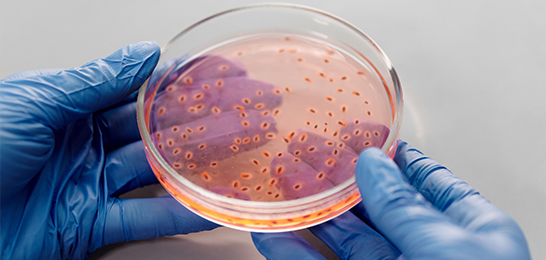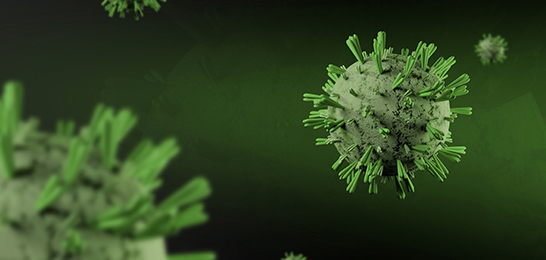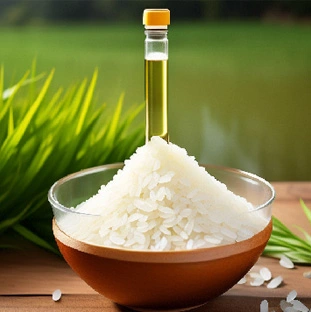Published Date: Jan 11 2023
Trypsin is not only a digestive enzyme, but also the precursor of chymotrypsinogen, carboxypeptidase, phospholipase and other enzymes. It plays an active role and is the most specific protease. It is an essential tool enzyme in determining the amino acid arrangement of proteins.
1. Advantages of recombinant trypsin over animal trypsin
First of all, it improves the safety of vaccines, because animal-derived trypsin may contain pathogenic factors, animal viruses, prion proteins and other exogenous risk substances, resulting in residues in vaccines, while recombinant trypsin does not contain these foreign risky substances and does not use any animal-derived materials in the production process. Secondly, the production is greatly increased, the production cost is reduced, the technology threshold of separation and purification is lowered, so that it can achieve large-scale production and commercial application, and the enzyme specificity of activated trypsin is consistent with that of animal pancreas. Finally, the difference between batches of animal-extracted trypsin is large due to different animal sources, while the raw material of recombinant trypsin is stable, so the product quality is stable and the difference between batches is small.
2. Application of recombinant trypsin in vaccine production
Vaccine is the most effective way to prevent the occurrence and spread of diseases. The main methods of vaccine production include chicken embryo culture system and animal cell culture system. The most widely used system is animal cell culture. Animal cells can multiply rapidly under the right conditions and be used to produce vaccines with high immunogenicity due to their close resemblance to human tissue cells. Traditional chicken embryo culture vaccine system has many shortcomings. For example, cultured viruses are prone to mutating; differences in strains from population epidemics lead to poor or no preventive effect of the vaccine; limited supply of healthy chicken embryos during widespread spread of the virus makes it impossible to meet the demand for the vaccine in a short period of time.
(1) Cell dissociation during cell culture in vaccine production
Adherence-dependent animal cells are grown in culture by adhering to a solid surface, usually on the surface of culture vessels or microcarriers, and the cells spread rapidly after adherence and proliferate in a mitotic manner, and quickly enter the logarithmic growth phase. After a few days, the cells spread over the culture surface and stop proliferating after forming a dense monolayer, followed by an enlarged continuous cell culture, at which point they need to be treated with a cell digestion solution to make them into individual cells and not damage them. At present, trypsin digestion liquid is mainly sold in the market. Recombinant trypsin can hydrolyze the adhesion protein between cells, release a single independent cell, and maintain cell integrity and cell activity well.
(2) For cracking viruses in vaccine production
Take influenza virus hemagglutinin HA cultured in cell culture system as an example: Influenza virus hemagglutinin HA is cleaved by host protease into mature HA1 and HA2, which can mediate the fusion of the viral capsule with the target cells and initiate the viral life cycle. Therefore, the cleavage of HA becomes the primary factor for viral infection of cells. Therefore, the addition of trypsin can be used to cleave the influenza virus to produce viral vaccine, which can effectively improve the viral production, so as to carry out large-scale production and simplify the related production technology.
(3) It is used to eliminate biological hazards that may be caused in the process of vaccine production
At present, genetically engineered vaccines are a focus of bio-safety management in the international community. In the development process of genetically engineered vaccines, once the organisms carrying foreign genes via gene recombination escape into the environment, after gene integration, it may cause changes in the structure of the ecosystem and break the ecological balance formed in the long-term evolution process, threatening organisms in nature. Some viruses have genes that cause damage to target tissues, potentially making otherwise harmless microbes extremely dangerous.
Recombinant trypsin can be used for the elimination of biological hazards in the production process. Virions mainly rely on the surface structure for adsorption and invasion of host cells. Trypsin can hydrolyze and destroy the capsid protein of virions, and cause the loss of the lipid of virions, so that virions no longer have the ability of adsorption and invasion, so as to eliminate the possible hazards and achieve the purpose of prevention.







